Author: admin

Strawberry White Chocolate Cookies Recipe
Comments Off on Strawberry White Chocolate Cookies Recipe
These are HUGE Strawberry White Chocolate Cookies speckled with creamy and rich white chocolate chips…

Stuffed Chicken Kiev Patties (Low-Carb, Gluten-Free)
Comments Off on Stuffed Chicken Kiev Patties (Low-Carb, Gluten-Free)
Stuffed Chicken Kiev Patties with butter, garlic and herbs…what a flavour explosion! You will love…
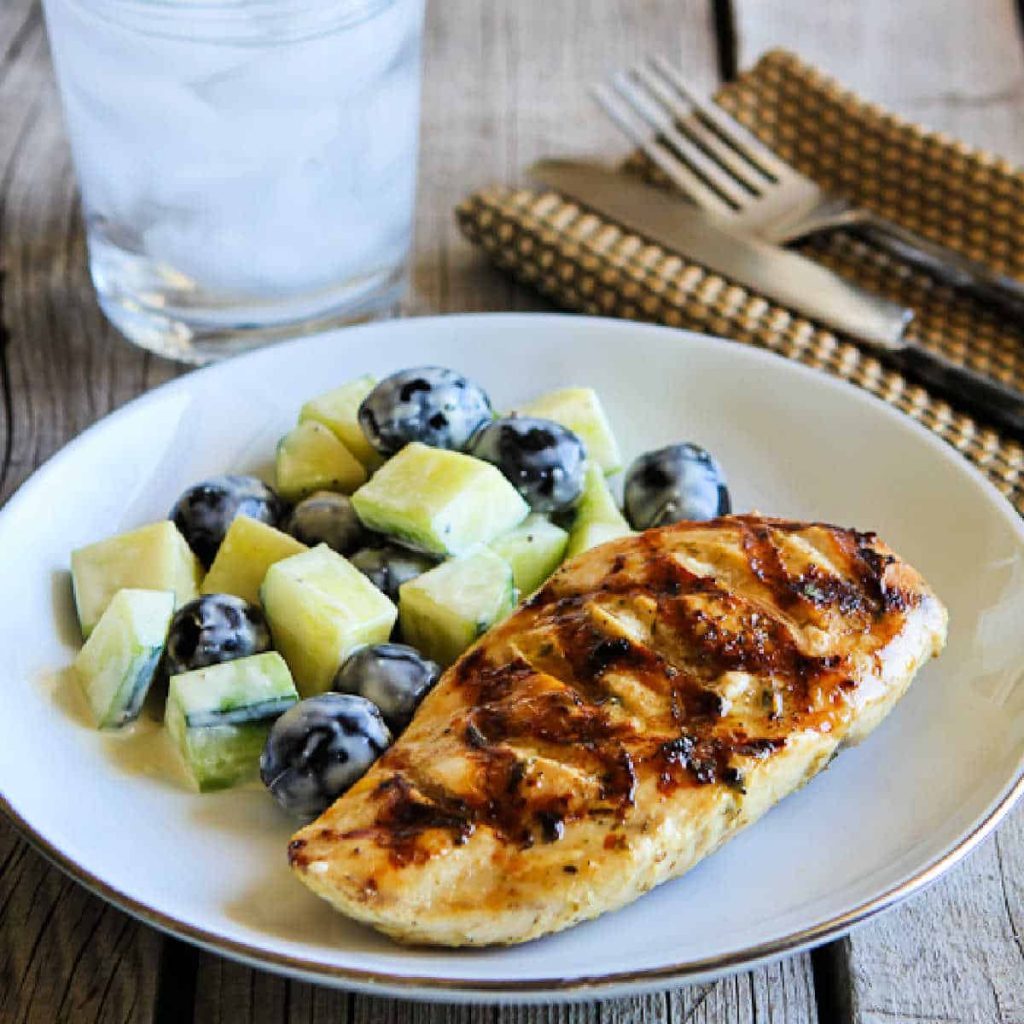
Grilled Chicken with Lemon and Capers
Comments Off on Grilled Chicken with Lemon and Capers
I love this Grilled Chicken with Lemon and Capers, and this is a perfect recipe…
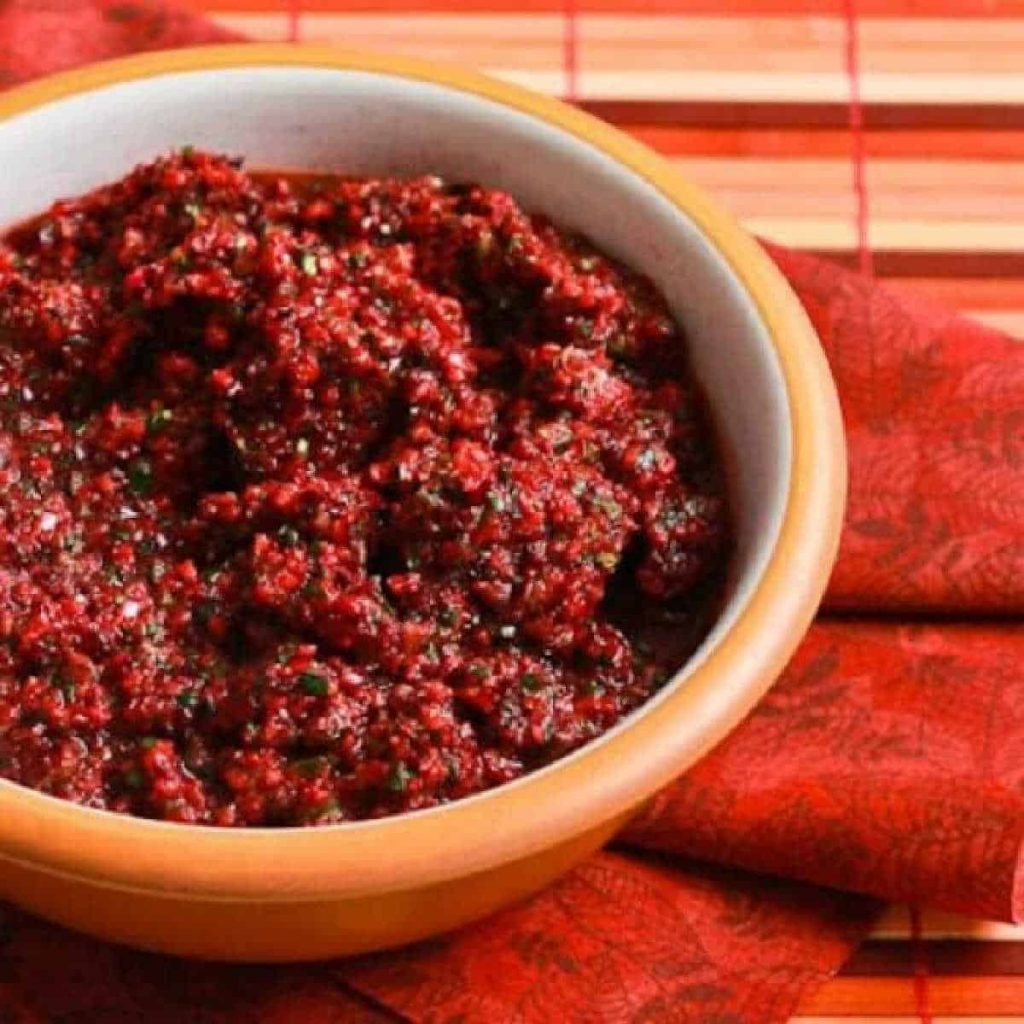
Trina’s Cranberry Salsa (Video)
Comments Off on Trina’s Cranberry Salsa (Video)
Trina’s Cranberry Salsa is perfect for the Thanksgiving table, and this fresh cranberry salsa is…
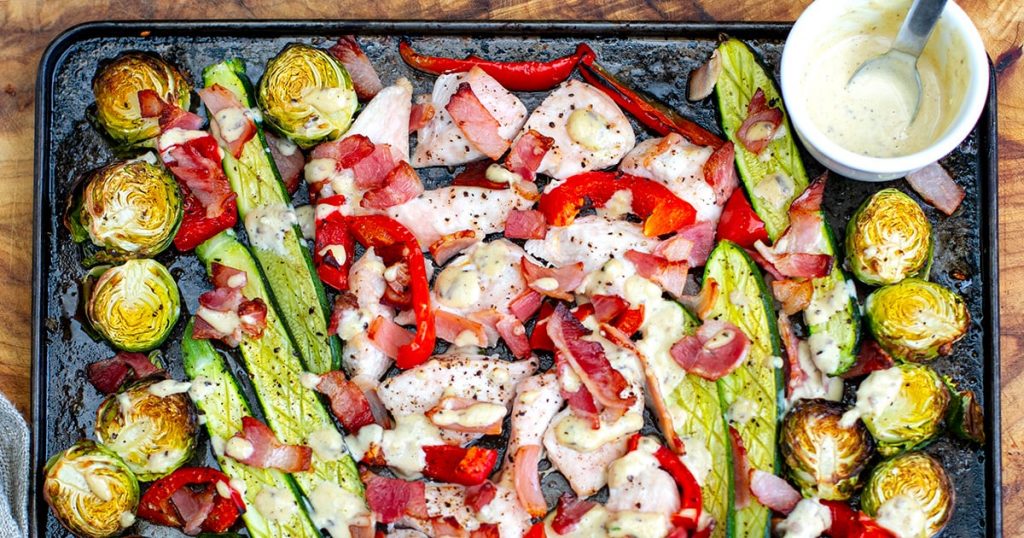
Caesar Chicken Sheet Pan Dinner (Paleo, Whole30, Keto)
Comments Off on Caesar Chicken Sheet Pan Dinner (Paleo, Whole30, Keto)
If you love sheet pan dinners, you’re in for a treat with my latest Caesar…
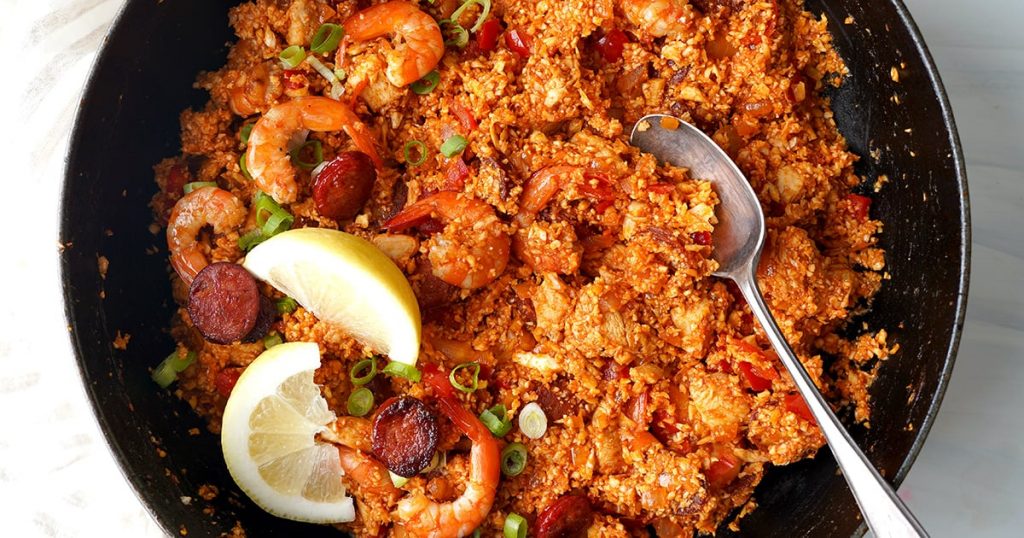
Spanish Cauliflower Rice (With Chorizo, Chicken & Shrimp)
Comments Off on Spanish Cauliflower Rice (With Chorizo, Chicken & Shrimp)
Paella-inspired Spanish Cauliflower Rice with shrimp, chicken and chorizo is healthy and delicious, perfect for…

Keto Chicken Satay With Spicy Peanut Sauce
Comments Off on Keto Chicken Satay With Spicy Peanut Sauce
Learn how to make low-carb, keto chicken satay skewers with spicy peanut sauce. The meat…

Garlic Chicken Soup (Quick & Easy Recipe)
Comments Off on Garlic Chicken Soup (Quick & Easy Recipe)
This is my go-to quick and easy Garlic Chicken Soup recipe made with shredded rotisserie…

Tomato Miso Roasted Eggplant (Vegan, Low-Carb, Gluten-Free)
Comments Off on Tomato Miso Roasted Eggplant (Vegan, Low-Carb, Gluten-Free)
Inspired by the Japanese miso eggplant, this healthy and delicious recipe features soft, creamy oven-roasted…
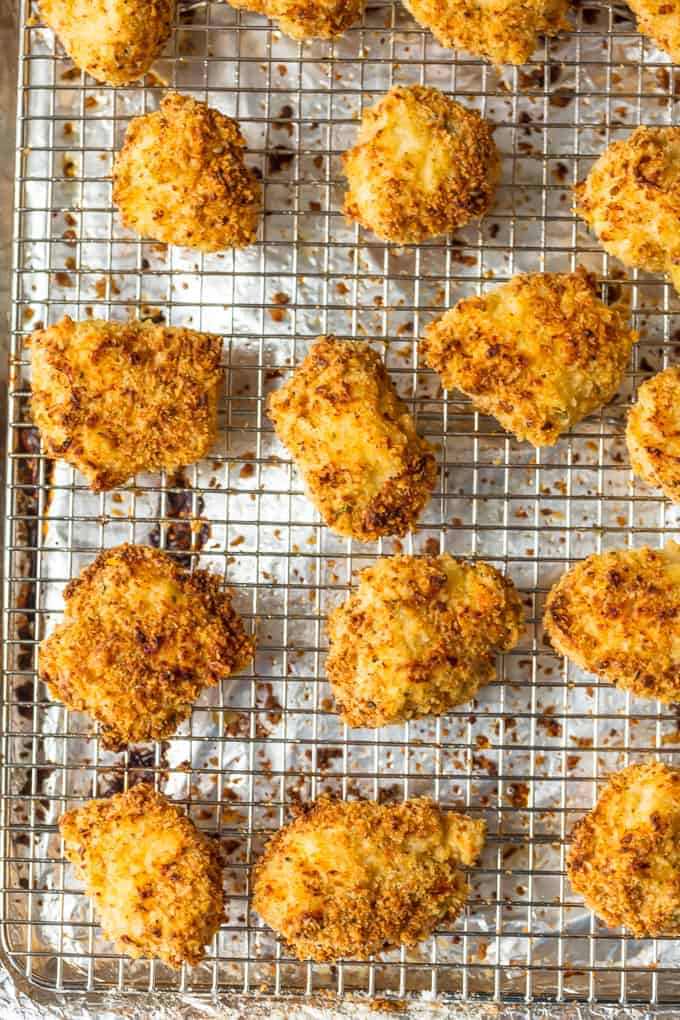
Baked Parmesan Chicken Nuggets | The Recipe Critic
Comments Off on Baked Parmesan Chicken Nuggets | The Recipe Critic
This website may contain affiliate links and advertising so that we can provide recipes to…
- 1
- 2
- 3
- …
- 62
- Next Page »
